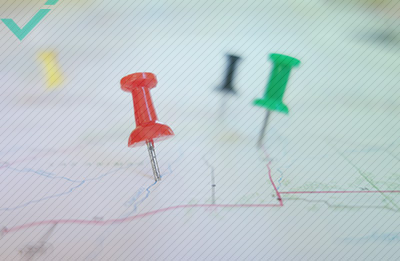King’s Day is a national holiday in Holland. It falls on April 27 (or April 26 if the 27th is a Sunday). It was originally created to help popularise a deeply unpopular monarchy and to promote national unity. The observance was also originally held only in Utrecht, but it quickly spread nationwide. While it is a “holiday”, it is not a day of rest. It is marked by traditional celebrations. DJs play music to public crowds in large squares, brightly decorated boats fill the canals, and cities turn into a mixture of street fair-visiting tourists and bargain hunters.

THE HISTORY OF THIS HIGH HOLIDAY
The date marks the birth of the current king, Willem-Alexander. The holiday dates back to 1885, where it was originally known as Princess Day. It was originally celebrated on August 31, the birthday of Princess Wilhelmina, heir to the Dutch throne. Upon her ascension to the throne in 1891, the holiday was renamed. When Wilhelmina’s daughter Juliana assumed the throne, the date changed to her birthday on April 30. This was the case from 1949 onward. Juliana’s daughter Beatrix did not alter the date to fall on her birthday when she became queen, but changed the customs of the holiday. Instead of having a parade at Soestdijk Palace, she visited different Dutch towns. In 2013, Queen Beatrix abdicated in favour of her son, Willem-Alexander. The date was changed accordingly.
WHAT HAPPENS DURING KING’S DAY?
King’s Day is known for its national “free market”. Essentially, Dutch people sell their used items on this day. Think of a giant national flea market and street sale. It is also a day associated with “orange madness” or oranjegekte, a frenzy named after the national colour. Everyone (and their pets) dresses in traditional orange to celebrate. The average Dutch person spends €26 on their Koningsdag outfits. It is important to look appropriate for the biggest party of the year. And boy do the Dutch celebrate! That starts with eating orange food. Koningsdag sees a 600% increase in tompouce sales. Tompouces are orange (normally coloured pink) icing-encrusted and cream-filled desserts. But beyond just sweets and costumes, this is also a day of street fests and fairs. Combined with the spring weather, it is a perfect opportunity to catch the mercantile Dutch in their most capitalistic mindset. If you want to endear yourself to Dutch consumers, introduce your (orange tinted) product to the market on this day. They will understand the message. Offer it at a discount, and you might have just won them over for life!

A BIT MORE OF A CULTURAL CELEBRATION THAN BLACK FRIDAY
Americans, in particular, might understand the commercial significance of King’s Day a bit better than others. In the US, a similar day is celebrated on the Friday after Thanksgiving (the third Thursday of November). It is called Black Friday. Massive discount sales are now the norm, with attendant shopping injuries occurring as customers fight for bargains. That said, nobody deliberately dresses up in black, and there is no political significance to the date. President’s Day celebrates the top political figure in America as there are, obviously, no kings or queens. The Dutch holiday is decidedly larger in that it is more inclusive. However, Dutch retailers, including online retailers and anyone who wants to appeal to Dutch consumers, know that this is the best day of the year to hold your annual (deep) sale. Promoted, of course, from an orange-tinted window dressing, landing page, or website! To find out more about various cultural celebrations and customs from around the world, check out our regularly updated blog.


